I. Introduction
There comes a moment in every car owner’s life when an elusive leak starts playing hide and seek. You can hear it, you can sometimes smell it, but finding it? That’s a whole different ball game. Enter the automotive smoke machine, the unsung hero of leak detection. Whether it’s a vacuum leak, an exhaust leak, or even a pesky problem in your EVAP system, this tool can save you countless hours of frustration. In this guide, we’ll walk you through everything you need to know about using an automotive smoke machine to track down those mysterious leaks with ease.
II. What Is an Automotive Smoke Machine?
Before diving into how to use one, let’s take a moment to understand what an automotive smoke machine actually is. In simple terms, it’s a device that generates a thick, visible smoke which is then pumped into the vehicle’s system. The idea is straightforward: if there’s a leak, the smoke will find its way out, revealing the source of the problem. These machines are incredibly versatile, able to detect leaks in everything from vacuum systems to intake manifolds, exhaust systems, and more. They’re a favorite among professional mechanics and DIY enthusiasts alike for their simplicity and effectiveness.
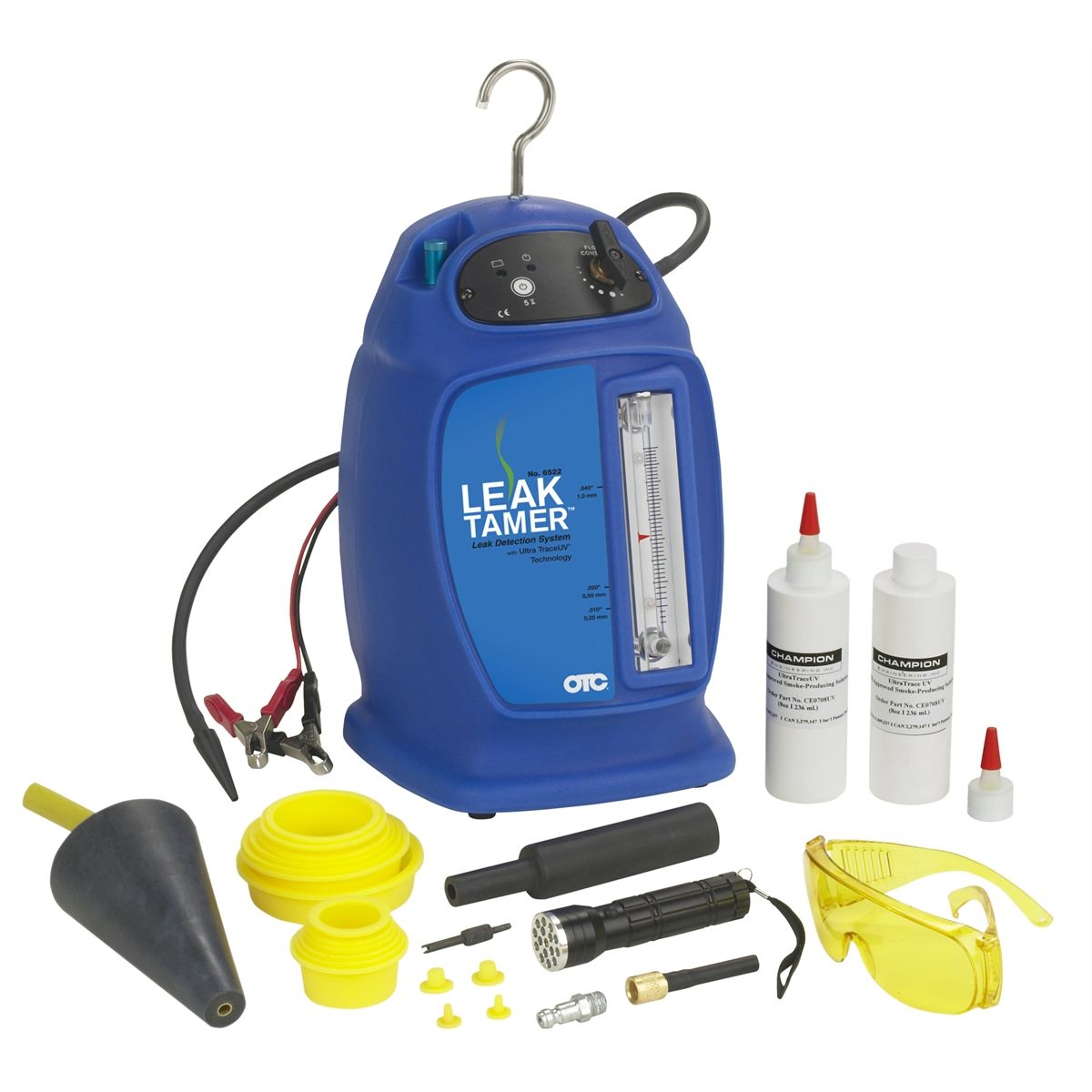
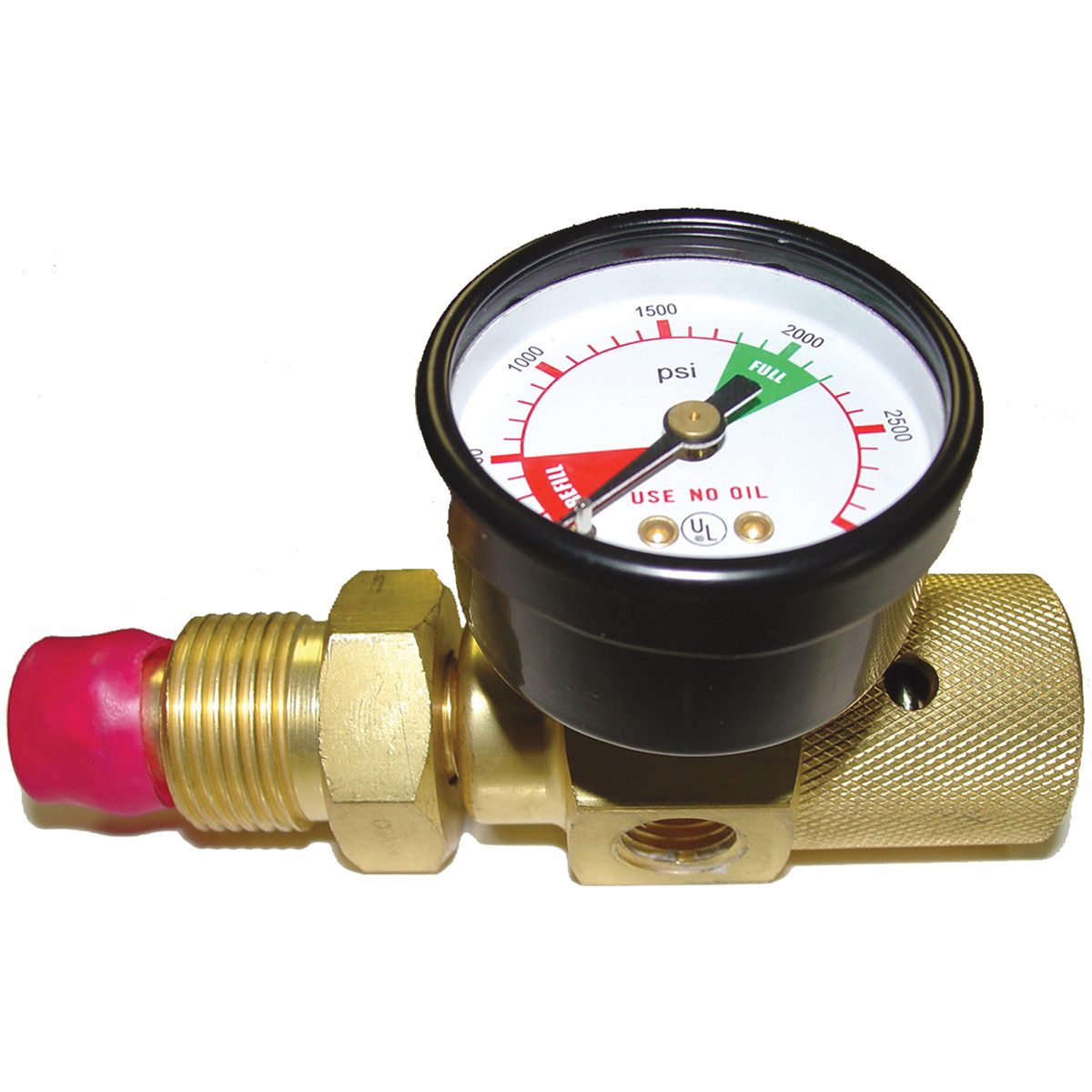
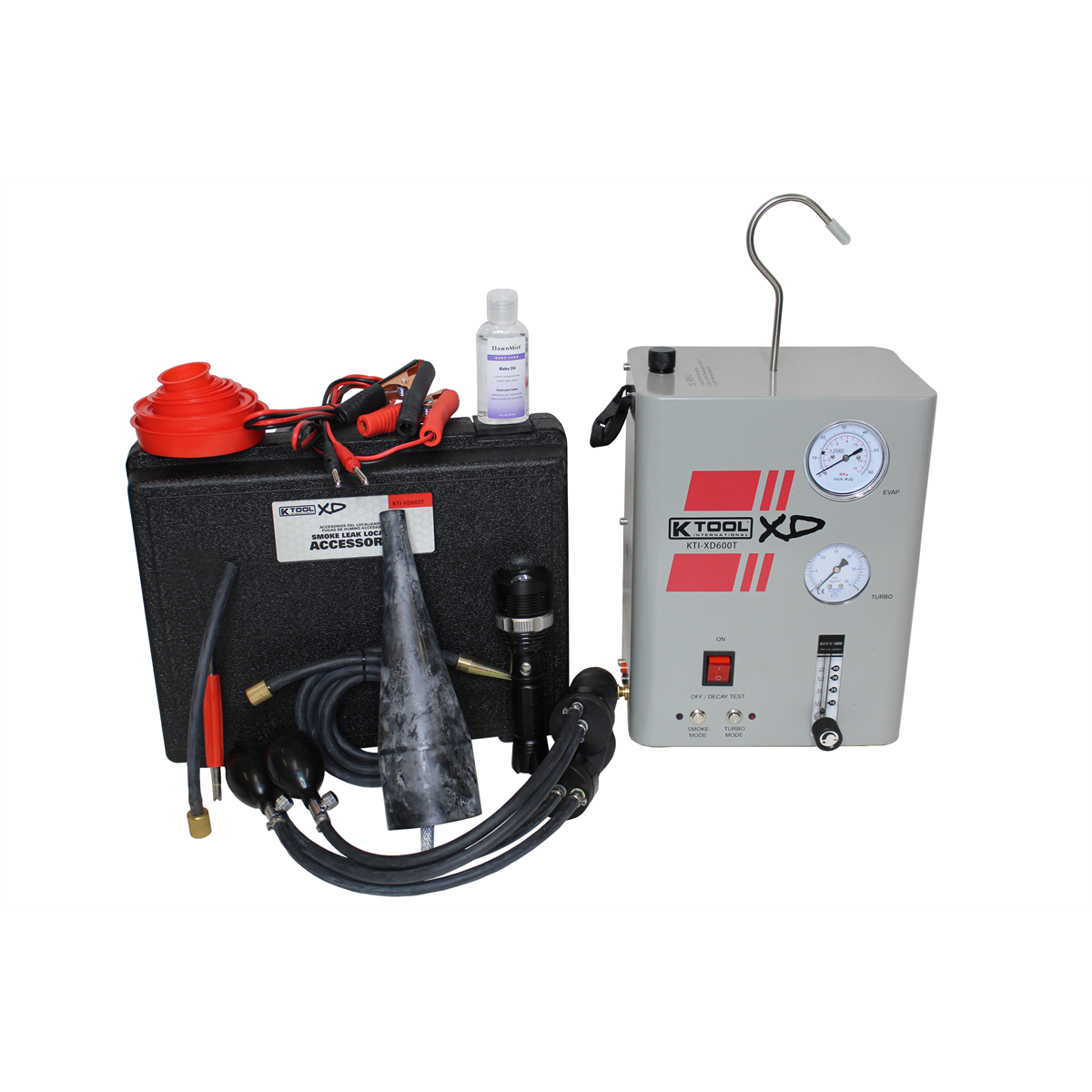
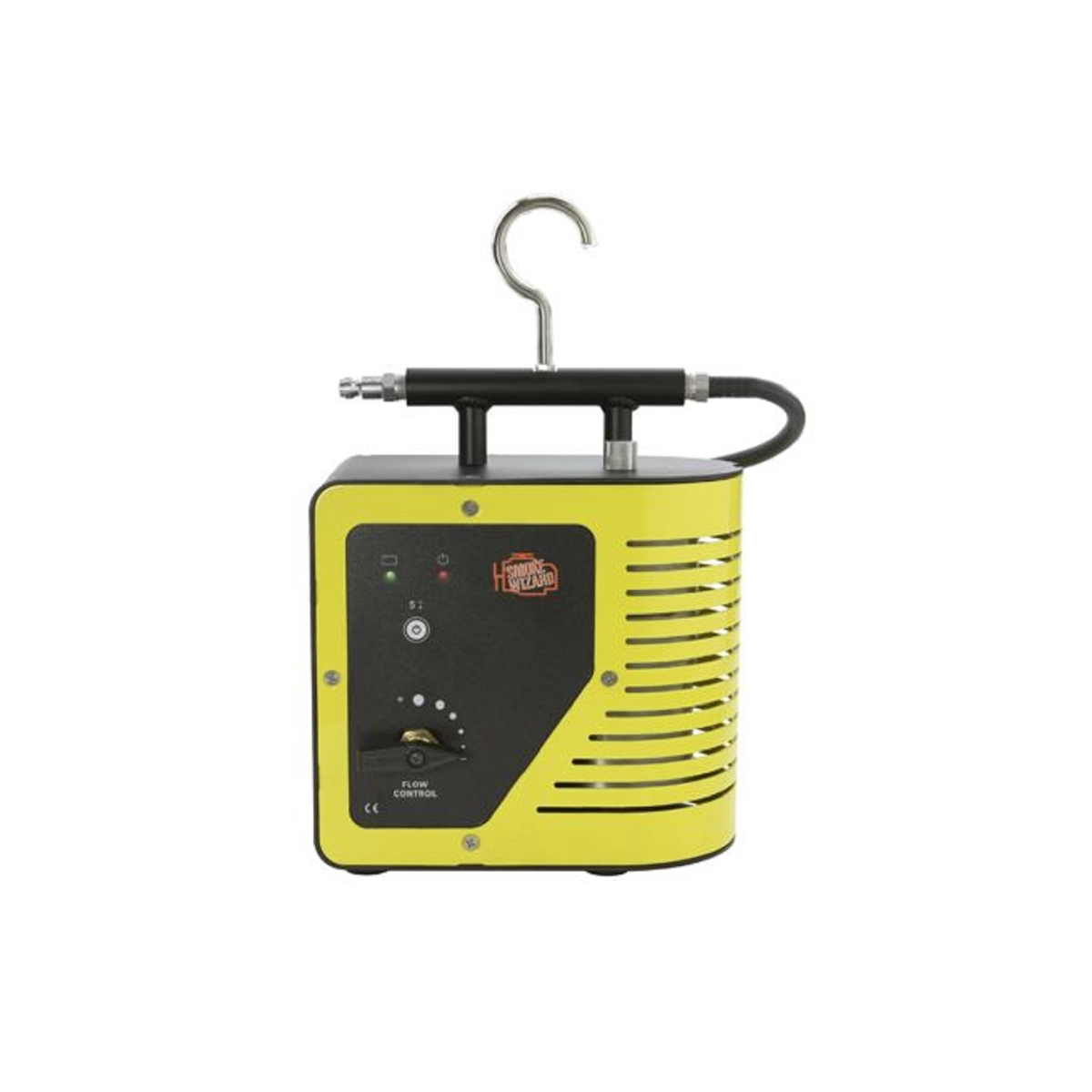
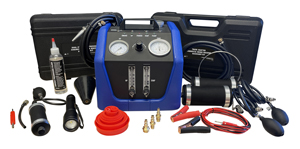
Dual Evap/High Pressure Diagnostic Smoke Machine w/ Truck Adapter Kit
Mfg: Mastercool
Part #: 43070
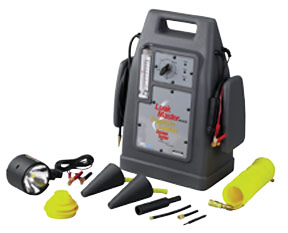
LeakMaster Evaporative Emissions System Tester / Smoke Machine
Mfg: OTC Tools and Equipment
Part #: 6525
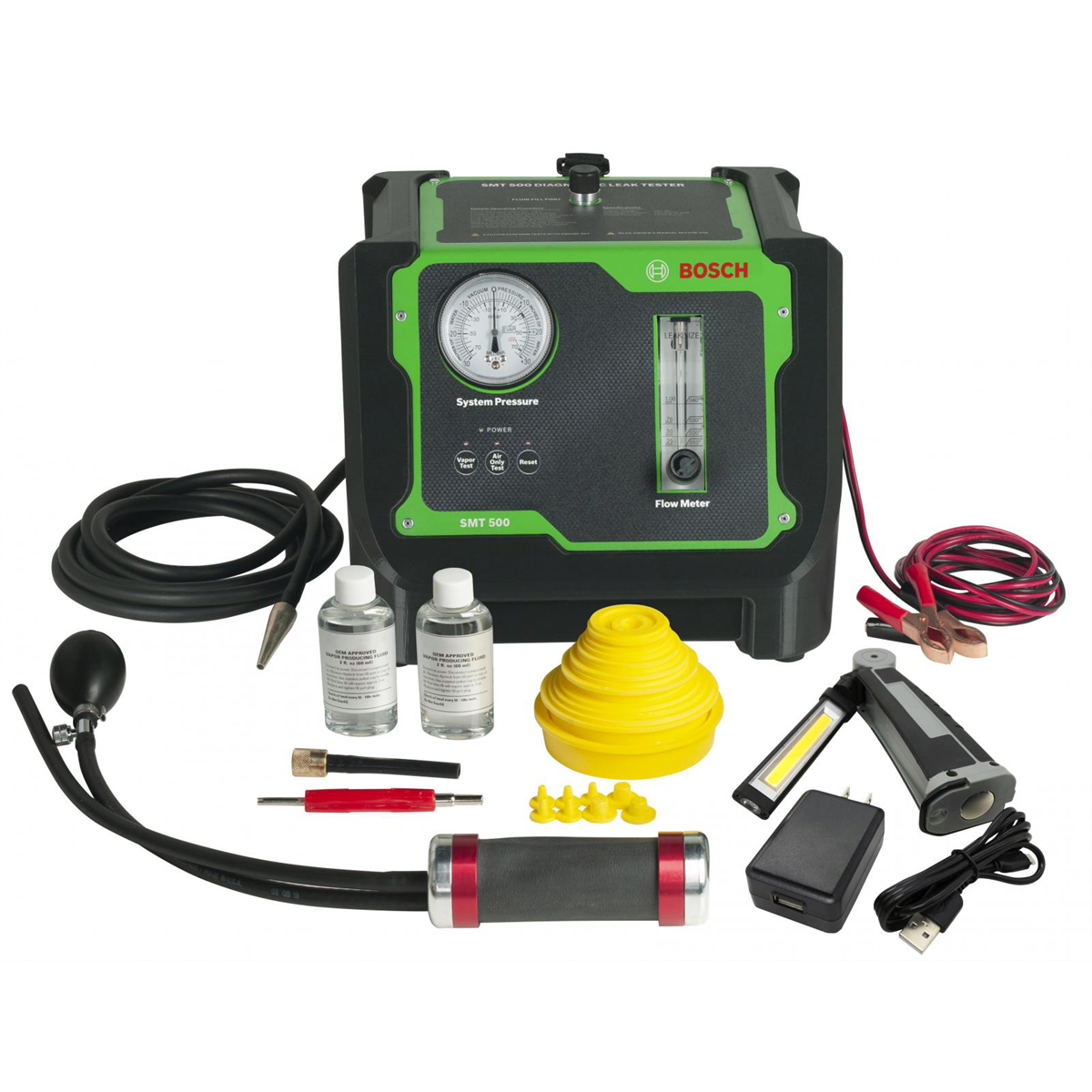



III. Preparing to Use the Smoke Machine
A. Safety First
Before you even think about plugging in that smoke machine, take a moment to consider safety. Ensure you’re working in a well-ventilated area, especially if you’re using the machine indoors. While the smoke is generally non-toxic, it’s always a good idea to avoid prolonged inhalation. Safety glasses and gloves are also a smart move, particularly if you’re working with pressurized systems.
B. Gather Your Tools
You’ll need a few things besides the smoke machine to get started. A good flashlight will help you spot the smoke, especially in dark engine bays. A hand-held mirror can be useful for checking those hard-to-see spots. Depending on your vehicle, you might also need specific adapters or caps to block off certain areas of the system while you test for leaks.
C. Choose the Right Connection Point
The first step in using a smoke machine is to find the right place to introduce the smoke. This could be an intake hose, a vacuum line, or even the exhaust pipe, depending on the system you’re testing. Make sure the connection is secure, as a loose connection can lead to inaccurate results. If your machine comes with different-sized adapters, pick the one that fits snugly to ensure a good seal.
IV. Step-by-Step Guide to Using an Automotive Smoke Machine
A. Set Up the Smoke Machine
Once you’ve found the right connection point, it’s time to set up the smoke machine. Fill the machine with the recommended fluid—usually a special smoke-producing oil. Connect the machine to a power source, which is typically your vehicle’s battery, using the included clamps. Turn on the machine and give it a moment to heat up and start generating smoke.
B. Introduce the Smoke
With the machine ready to go, it’s time to introduce the smoke into the system. Slowly feed the smoke into the connection point you’ve chosen. As the smoke enters the system, it will start to fill up any cavities and spaces. At this point, you should begin watching closely for any signs of smoke escaping from areas it shouldn’t be.
C. Observe and Identify Leaks
This is where the magic happens. With the smoke being pumped through the system, take your flashlight and start inspecting every inch of the system you’re testing. Look for any wisp of smoke that escapes—it’s the telltale sign of a leak. Whether it’s a tiny hairline crack in a hose or a loose gasket, the smoke will find it. Be sure to check around all the usual suspects: vacuum lines, intake manifolds, exhaust systems, and even the fuel system if you’re diagnosing an EVAP leak.
D. Confirm the Leak
Once you spot the smoke, you’ve found your leak, but don’t stop there. Sometimes, what looks like a single leak can be a symptom of a larger issue. Check around the area to see if there are multiple leaks or if the problem is more extensive than it initially appears. If you’re unsure, introduce more smoke to double-check. Remember, patience is key; some leaks might take a moment to become visible.
V. Common Uses for an Automotive Smoke Machine
A. Diagnosing Vacuum Leaks
Vacuum leaks are one of the most common issues that can trigger a host of engine performance problems, from rough idling to poor acceleration. A smoke machine can help you pinpoint where the air is sneaking into the system. Introduce smoke through the intake manifold, and any escaping smoke will reveal the leak, whether it’s a cracked hose or a faulty gasket.
B. Finding Exhaust Leaks
Exhaust leaks not only affect your vehicle’s performance but can also be dangerous due to the potential for carbon monoxide exposure. Using a smoke machine, you can easily find cracks or loose connections in the exhaust system. Just introduce smoke through the tailpipe and look for it escaping from anywhere other than the exhaust tip.
C. Locating EVAP System Leaks
The EVAP (Evaporative Emission Control) system is designed to prevent fuel vapors from escaping into the atmosphere. A leak in this system can be tricky to diagnose due to its complexity. However, by introducing smoke into the system, you can quickly identify any leaks in hoses, valves, or even the fuel tank itself, saving you a lot of time and guesswork.
VI. Tips for Using a Smoke Machine Effectively
A. Be Patient
When using a smoke machine, patience is your best friend. Sometimes, the smoke takes a while to seep out of tiny leaks, especially if they’re in hard-to-reach areas. Give the smoke time to fill the system completely before concluding that there’s no leak.
B. Use Enough Smoke Fluid
Ensure your smoke machine has enough fluid to produce a consistent flow of smoke. Running low on fluid can result in weak smoke output, making it harder to detect leaks. Always check the fluid level before starting a test.
C. Double-Check Suspicious Areas
If you suspect a leak in a particular area but don’t see smoke immediately, try repositioning the smoke machine’s hose or applying more smoke. Leaks can sometimes be elusive, especially if they’re very small or located in a hard-to-see spot.
VII. Conclusion
Using an automotive smoke machine is like having a superpower when it comes to diagnosing leaks. It takes the guesswork out of the equation, giving you clear, visual confirmation of where the problem lies. Whether you’re dealing with a frustrating vacuum leak, an exhaust issue, or a tricky EVAP system fault, this tool can save you time, money, and a lot of frustration. With a bit of practice, you’ll become a pro at using your smoke machine, turning one of the most annoying aspects of car maintenance into a straightforward task.
So the next time you hear that telltale hiss or notice your engine isn’t running quite right, don’t reach for the aspirin—reach for your smoke machine. It’s the secret weapon every DIY mechanic should have in their arsenal.



Follow us on social media